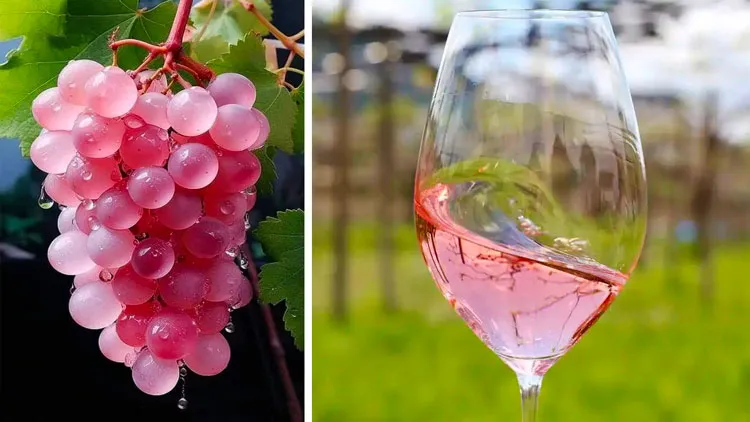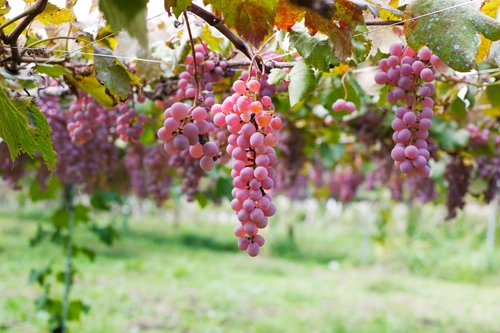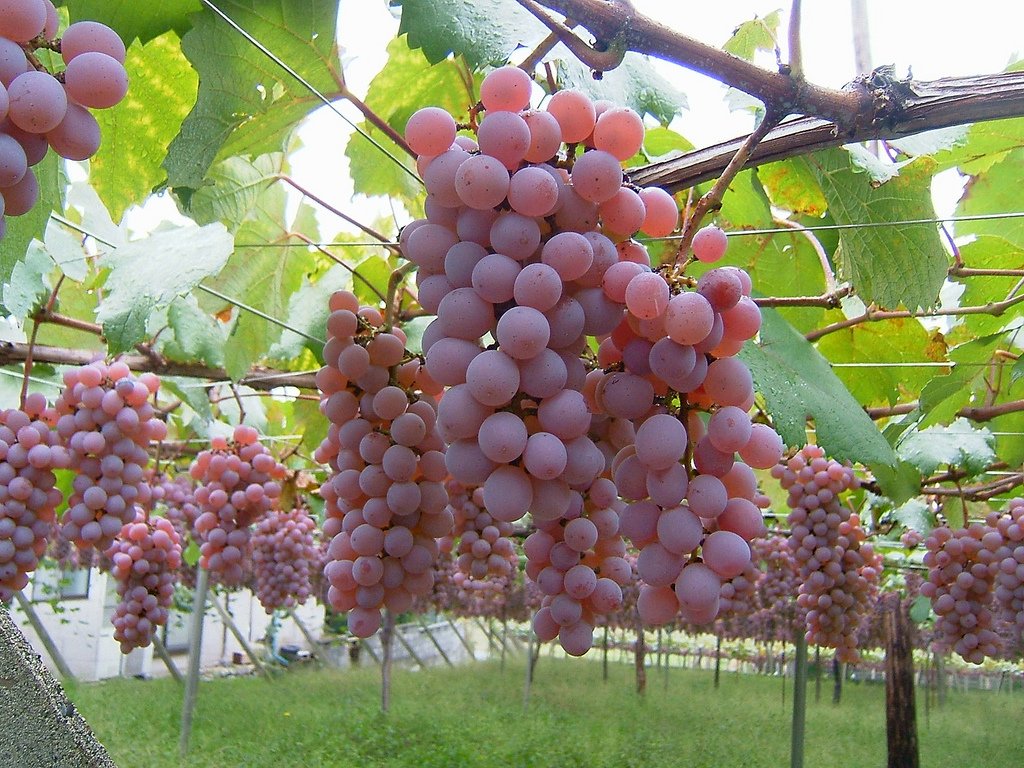Exploring the Unique Koshu Grape: Japan’s Ancient Vinous Treasure
When you think of grapes, regions like France, Italy, or California might come to mind. But did you know that Japan has its own unique grape variety that has been cultivated for thousands of years? The Koshu grape—often referred to as the Japanese rose grape—is one of the most distinctive and oldest grape varieties in the world. Originating from the Yamanashi region, the cradle of Japanese viticulture, the Koshu grape is renowned for its light, fresh, and citrusy flavor with a subtle acidity. Let’s dive into the fascinating world of this ancient Japanese grape and its journey to global recognition.
The History of the Koshu Grape
The Koshu grape has a long and storied history in Japan, with evidence of its cultivation dating back over a thousand years. Native to the Yamanashi region, this grape is deeply embedded in Japanese culture and agriculture. Yamanashi, located in central Japan, is often called the “heart” of Japanese winemaking, and the Koshu grape plays a central role in its rich history of viticulture.
While the exact origins of the Koshu grape remain a bit mysterious, it is believed to have arrived in Japan via the Silk Road, where it was brought by traders or travelers from Persia. Over centuries, this grape has adapted to Japan’s diverse climate and soil, developing its unique characteristics that make it so special today.
The Characteristics of Koshu Grapes
Koshu grapes are not only prized for their age and cultural significance, but also for their exceptional taste. The fruit itself has a delicate pinkish hue, which contributes to its other name, the Japanese rose grape. The grapes are typically small and round, and when ripe, they offer a refreshing burst of citrusy and slightly tart flavors with a crisp, refreshing finish.
One of the standout features of the Koshu grape is its ability to produce fruit drinks and wines with a remarkably light, fresh taste, making it perfect for those who prefer a refreshing, easy-drinking beverage. The grape’s natural acidity adds a touch of balance to its sweetness, resulting in a drink that is both vibrant and sophisticated.

The Koshu grape’s ability to thrive in the unique climate of the Yamanashi region—where hot summers and cool nights create ideal growing conditions—makes it a perfect candidate for crafting wines and fruit-based beverages that are light yet flavorful. It’s a great choice for making white wine, fruit juices, and even sparkling wines, all of which highlight its fresh, citrusy notes.
The Vinous Legacy of Yamanashi
Japan’s Yamanashi region is often called the birthplace of Japanese viticulture, and the Koshu grape is at the heart of this legacy. The region’s wine culture has been evolving for over a century, and the Koshu grape has played an instrumental role in shaping Japanese wines. Despite Japan’s relatively recent involvement in winemaking compared to the world’s great wine regions, the Koshu grape has helped put Japan on the global wine map.
Yamanashi’s volcanic soil, combined with the region’s mountainous terrain and favorable climate, creates the perfect environment for cultivating high-quality Koshu grapes. This grape variety has become a symbol of Japanese wine culture, with numerous wineries in the region using Koshu grapes to craft wines that pair wonderfully with Japanese cuisine.

Koshu Grape in Modern Times
Today, the Koshu grape is not only used to make wine but is also widely used in producing fruit juices, sparkling beverages, and even traditional Japanese drinks. The crisp, refreshing flavors of the Koshu grape make it a favorite ingredient for both alcoholic and non-alcoholic drinks. It’s a testament to the grape’s versatility that it can adapt to various beverage styles while maintaining its unique characteristics.
The rise in global interest in organic and biodynamic wines has also brought renewed attention to the Koshu grape, as more wineries experiment with cultivating it using natural methods. As the world’s appreciation for Japanese culture and food grows, so too does the demand for the Koshu grape, solidifying its place on the international stage.
Why You Should Try Koshu Grape Products
If you haven’t yet had the chance to try anything made from the Koshu grape, you’re missing out on one of Japan’s most unique offerings. Whether you’re sipping a glass of delicate Koshu wine, enjoying a refreshing juice, or exploring new flavors in a sparkling Koshu beverage, you’ll experience something truly special. The grape’s fresh, citrusy, and slightly acidic taste offers a one-of-a-kind experience for anyone looking to broaden their palate.
Koshu grape products are becoming more accessible internationally, so be sure to look out for them at specialty stores or wine shops. The next time you’re searching for a light and refreshing drink, consider the Koshu grape—a true vinous treasure from Japan.
Conclusion
The Koshu grape is more than just a fruit; it’s a piece of Japan’s rich cultural and agricultural heritage. With its delicate flavors and refreshing acidity, this ancient grape variety has stood the test of time, evolving from a regional treasure to a global delicacy. Whether you’re a wine connoisseur or someone who simply enjoys exploring new flavors, the Koshu grape offers a unique taste of Japan’s long history of innovation and craftsmanship in viticulture.
